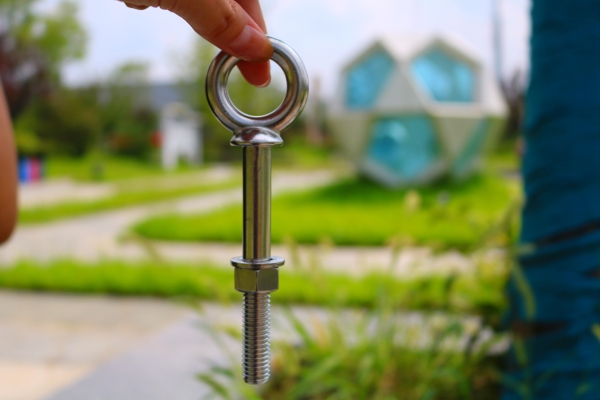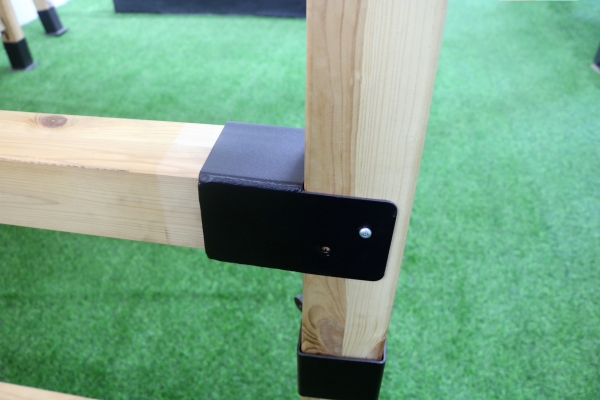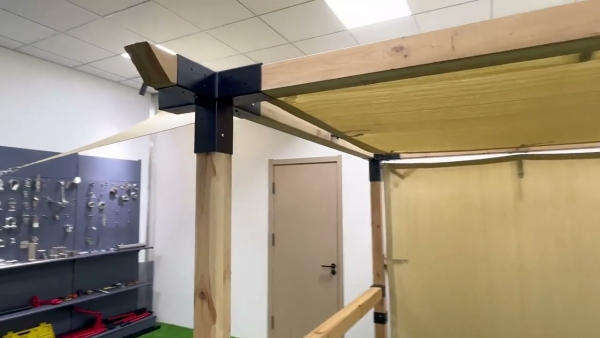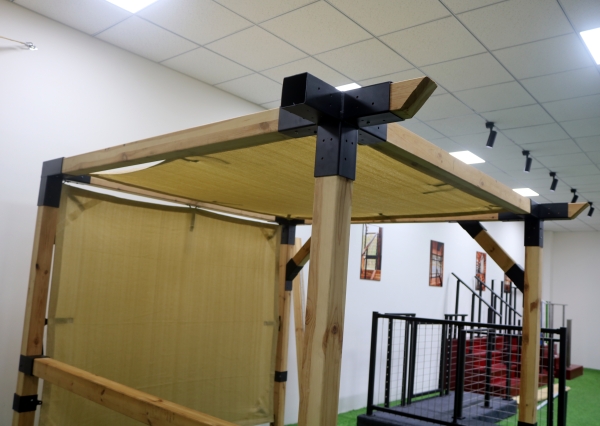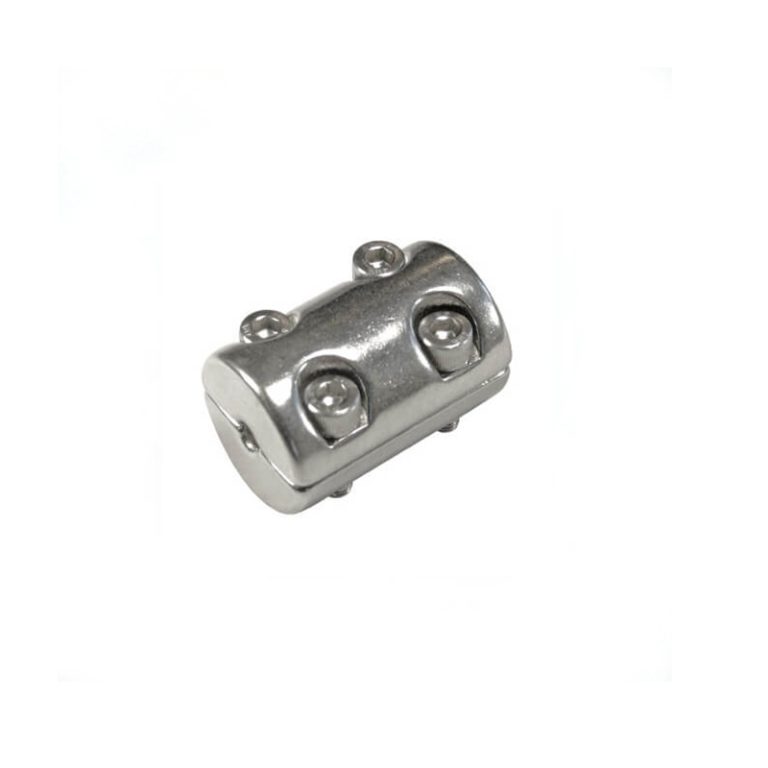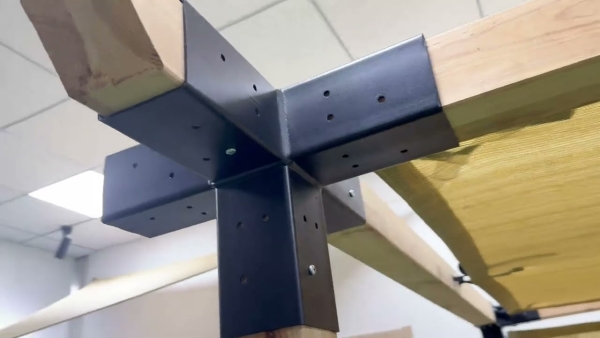Table of Contents
Benefits of Using Pergola Timber Span Tables in Australia
Pergolas are a popular outdoor structure that can add beauty and functionality to any backyard or garden. They provide shade, shelter, and a place to relax and entertain. When building a pergola, it is important to ensure that the timber used is strong enough to support the structure and withstand the elements. This is where pergola timber span tables come in.
Pergola timber span tables are a valuable tool for builders and designers in Australia. These tables provide information on the maximum allowable spans for different timber sizes and grades, based on the type of timber and the load it will be subjected to. By consulting a span table, builders can ensure that the timber they use is strong enough to support the weight of the pergola and any additional loads, such as hanging plants or lights.
One of the main benefits of using pergola timber span tables is that they help ensure the safety and structural integrity of the pergola. By following the guidelines in the span table, builders can avoid overloading the timber, which can lead to sagging, cracking, or even collapse. This is especially important in Australia, where the climate can be harsh and unpredictable, with high winds, heavy rain, and extreme temperatures.
Another benefit of using pergola timber span tables is that they can help save time and money. By selecting the right timber size and grade for the pergola, builders can avoid costly mistakes and rework. They can also reduce waste by using only the amount of timber needed for the job. This can result in a more efficient and cost-effective construction process.
In addition to safety and cost savings, pergola timber span tables can also help builders achieve the desired aesthetic for the structure. By selecting timber sizes and grades that are appropriate for the span and load requirements, builders can ensure that the pergola looks good and functions well. This can enhance the overall design of the outdoor space and increase the value of the property.
Overall, pergola timber span tables are an essential tool for builders and designers in Australia. They provide valuable information on timber sizes and grades, maximum allowable spans, and load requirements, helping to ensure the safety, structural integrity, and aesthetic appeal of the pergola. By consulting a span table, builders can make informed decisions about the timber they use, leading to a successful and satisfying construction project.
How to Choose the Right Timber for Pergola Construction in Australia
When it comes to constructing a pergola in Australia, choosing the right timber is crucial for ensuring the longevity and structural integrity of the project. Timber span tables are a valuable resource that can help guide builders in selecting the appropriate timber for their pergola construction. In Australia, there are specific timber span tables that provide information on the maximum allowable spans for different timber species and sizes. By consulting these tables, builders can ensure that their pergola is built to code and will be able to withstand the elements for years to come.
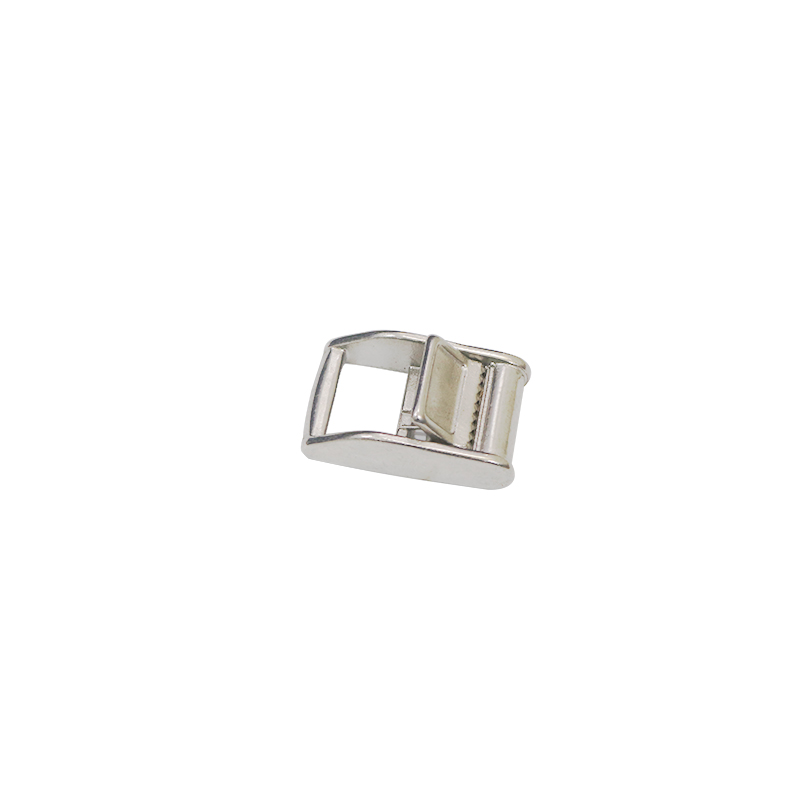
One of the key factors to consider when choosing timber for a pergola is the species of timber. Different timber species have varying levels of strength and durability, which can impact the overall performance of the pergola. In Australia, some of the most commonly used timber species for pergola construction include treated pine, hardwoods such as spotted gum and blackbutt, and softwoods like western red cedar. Each of these species has its own unique characteristics and properties that make them suitable for different applications.
In addition to the species of timber, the size and grade of the timber are also important considerations when building a pergola. Timber span tables provide information on the maximum allowable spans for different timber sizes and grades, which can help builders determine the appropriate timber to use for their project. By selecting timber that is the right size and grade for the intended span, builders can ensure that their pergola is structurally sound and meets building code requirements.
Another factor to consider when choosing timber for a pergola is the environmental conditions in which the pergola will be located. In Australia, the climate can vary significantly from region to region, with some areas experiencing high levels of rainfall and humidity, while others may be subject to extreme heat and dry conditions. It is important to select timber that is suitable for the specific environmental conditions in which the pergola will be situated. For example, in areas with high levels of moisture, it is important to choose timber that is resistant to rot and decay, such as treated pine or hardwoods like blackbutt or spotted gum.
In addition to selecting the right timber species, size, and grade, builders should also consider the design and layout of the pergola when choosing timber. The design of the pergola will impact the load-bearing requirements of the timber, as well as the overall aesthetic of the structure. Timber span tables can help builders determine the appropriate timber sizes and spacing for their pergola design, ensuring that the structure is both functional and visually appealing.
In conclusion, choosing the right timber for pergola construction in Australia is essential for ensuring the longevity and structural integrity of the project. By consulting timber span tables and considering factors such as timber species, size, grade, environmental conditions, and design, builders can select timber that is suitable for their specific needs. With the right timber, builders can construct a pergola that is not only structurally sound but also enhances the outdoor space and adds value to the property.

